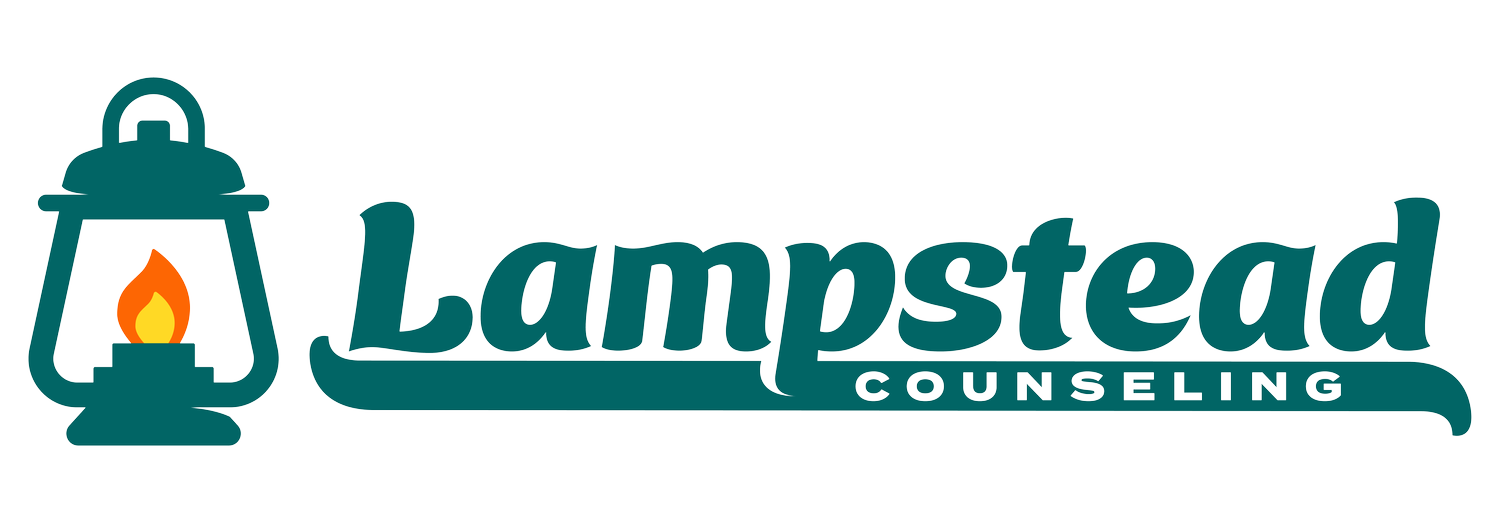Fall Blues vs. Seasonal Affective Disorder: When to Seek Counseling in Arkadelphia & El Dorado
What’s the difference between “fall blues” and SAD?
Shorter days can sap energy and mood. The “fall blues” usually feel like lower motivation or a heavier emotional load for a week or two. Seasonal Affective Disorder (SAD) is more persistent—lasting most days for 2+ weeks—and often includes sleep/appetite changes, decreased interest in activities you normally enjoy, and trouble concentrating.
Why it happens
Reduced daylight disrupts circadian rhythms and serotonin/melatonin balance, which can drive low mood and fatigue. Genetics, past depression, and living farther from the equator raise risk.
Practical steps that help
Light wins: Aim for 20–30 minutes of morning light; consider a 10,000-lux light box after talking with your clinician.
Move your body: Moderate movement (a brisk 20-minute walk) improves energy and sleep quality.
Anchor the day: Keep consistent wake/bed times and anchor meals.
Social micro-habits: Schedule two 20-minute connections each week (coffee, call, small group).
When to get help
If symptoms persist past two weeks, interfere with work/school/relationships, or include thoughts of self-harm, professional support helps. At Lampstead Counseling, our team provides evidence-based care and can integrate faith-based counseling when desired. We offer in-person and online options serving Arkadelphia and El Dorado. Lampstead Counseling+1
A hope-forward perspective
SAD is treatable. With a plan, support, and small daily practices, most people feel meaningful relief within weeks.
